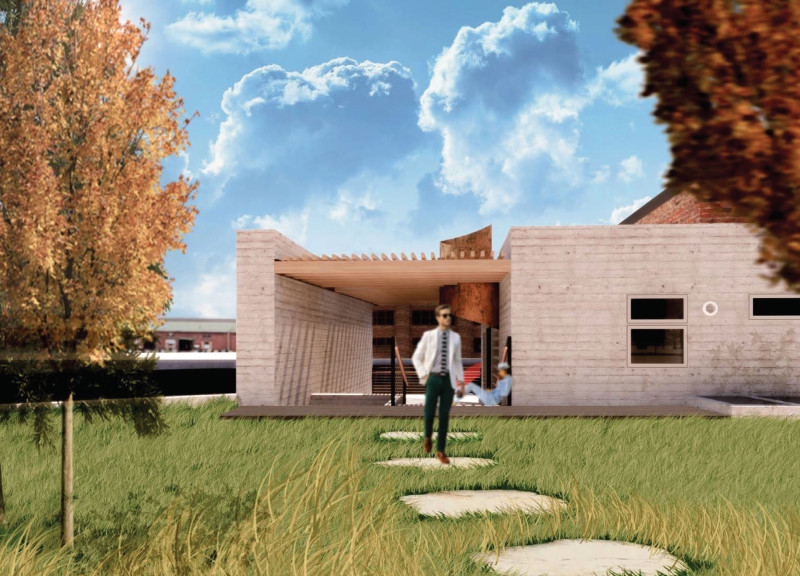5 key facts about this project
The MICRO MILL project focuses on the adaptive reuse of abandoned mill buildings in Lowell, Massachusetts. This initiative aims to create functional urban housing that respects the historical significance of the region. The design concept merges modern living needs with an understanding of the area's industrial past. Through the use of existing materials from the mills, the project emphasizes sustainability and resourcefulness.
Spatial Organization
The design features a thoughtful arrangement of living spaces, balancing communal and private areas. This layout encourages interaction among residents while also providing private retreats. The effective use of limited urban space allows for shared amenities that enhance community living alongside individualized quarters. The spaces are designed to promote both connectivity and privacy, reflecting key principles of contemporary urban design.
Materiality
A significant focus of the MICRO MILL project is material selection. Recycled brick and concrete sourced from the abandoned mills establish a direct link to the historical context. Black steel adds a modern industrial look, distinguishing new construction while echoing the site’s legacy. Oak wood contributes warmth and texture, drawing on local resources and further connecting the buildings to their environment.
Sustainability Strategies
Sustainability is integral to the design. Green roofs and garden spaces extend the living environment outdoors, supporting ecological health while improving residents' quality of life. The project includes solar panels and an electricity-generating water wheel, demonstrating a commitment to energy efficiency. These features respond to contemporary climate challenges, highlighting a proactive approach to environmental responsibility.
Final Design Detail
Outdoor areas, featuring decks and patios, create flexible spaces that enhance indoor-outdoor living. These design elements not only offer opportunities for leisure and relaxation but also connect residents with the natural surroundings. This integration fosters a harmonious relationship between the homes and the urban landscape, enriching the overall living experience.






















































